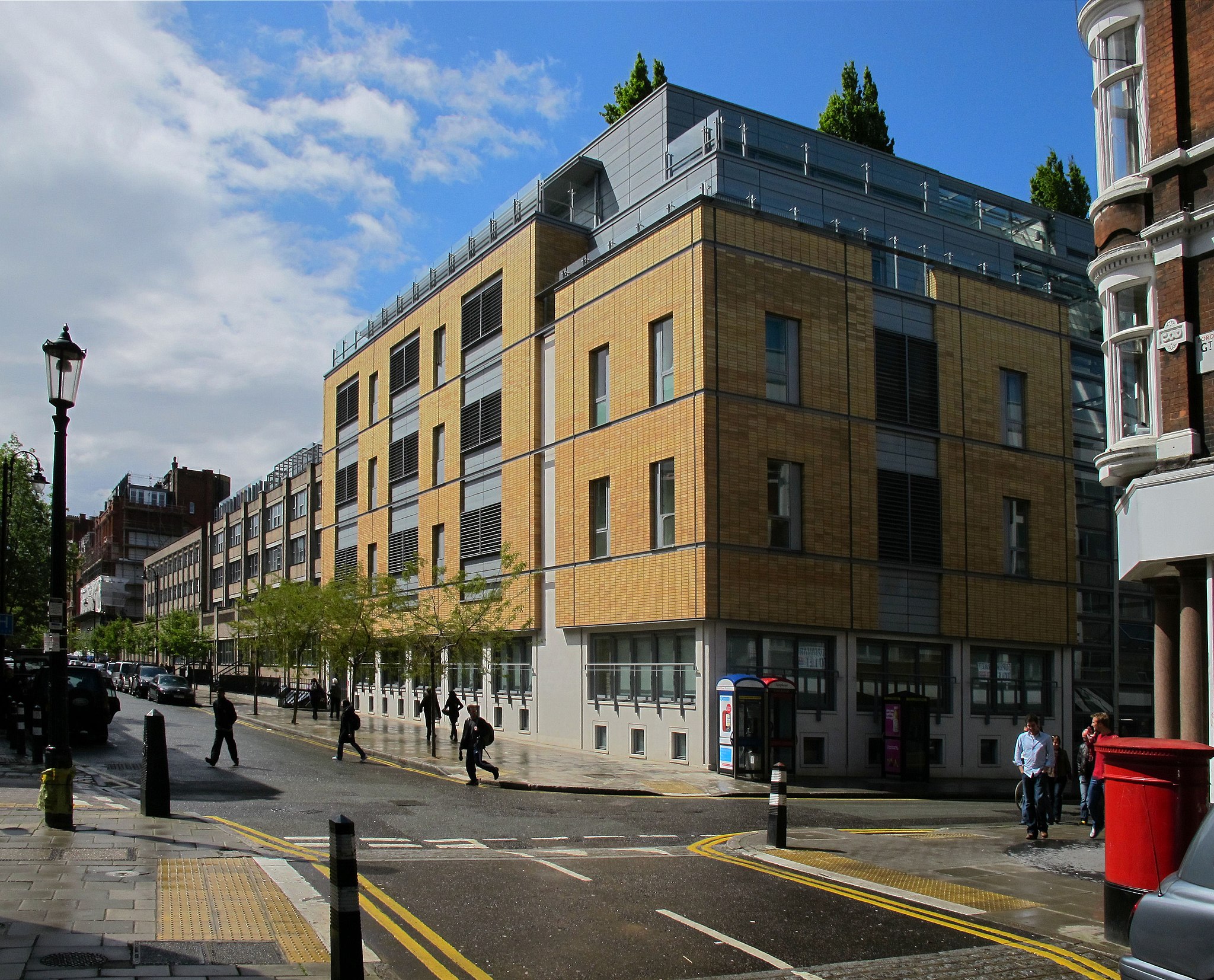
Lauren Dempsey, MS in Biomedicine and Law, RN, FISM News
[elfsight_social_share_buttons id=”1″]
A team of physicians, nurses, and researchers at the Great Ormond Street Hospital for Children (GOSH) in London appear to have successfully cured an “incurable” T-cell leukemia.
The patient, a 13-year-old girl named Alyssa, was the first patient in the world to receive the treatment, which used a base editing technique to genetically modify donor immune cells. The treatment is called chimeric antigen receptor, or CAR, T-cell therapy.
In 2021, Alyssa was diagnosed with T-cell acute lymphoblastic leukemia (T-ALL), but after receiving the first line of traditional treatment options like chemotherapy and a bone marrow transplant, the cancer came back. It seemed that the only remaining options were to place Alyssa on palliative care or enroll in a clinical trial for experimental therapy.
Alyssa was the first patient admitted to the Bone Marrow Transplant (BMT) Unit at GOSH as part of a clinical trial in which she would receive genetically modified CAR T-cells that came from a healthy donor. These donor cells were edited using a new base-editing technology that would allow them to kill the cancerous T-cells without attacking each other.
Base editing consists of rearranging DNA nucleotide bases that pair together to form the DNA double helix, which holds the instructions for life. Each of the four nucleotides pairs with a complementary base to form the human genome.
For this clinical trial, the team rearranged base pairs by chemically converting single nucleotide bases to change the T-cells. These changes ensured that the donor T-cells would not be attacked by the patient’s immune system. They also removed CD7, a chemical marker, from the surface of the modified cells which allowed the cells to move through the body undetected, finding and attacking cancerous T-cells. The donor cells were also edited to be invisible to other treatments for cancer.
Waseem Qasim is a professor of cell and gene therapy at the University College London Great Ormond Street Institute of Child Health (UCL GOS ICH) and a consultant immunologist at GOSH. He explained in a statement:
This is a great demonstration of how, with expert teams and infrastructure, we can link cutting-edge technologies in the lab with real results in the hospital for patients. It’s our most sophisticated cell engineering so far and paves the way for other new treatments and ultimately better futures for sick children.
He added that the team has “a unique and special environment here at GOSH and the UCL GOS ICH that allows us to rapidly scale up new technologies and we’re looking forward to continuing our research and bringing it to the patients who need it most.”
T-cell acute lymphoblastic leukemia originates in the bone marrow, affecting white blood cells, weakening the immune system, and can quickly spread to other organs. According to the Mayo Clinic Laboratories, acute lymphoblastic leukemia (ALL) is the most common type of childhood cancer, with an incidence rate of 1 in 50,000. It accounts for 70% of all childhood leukemia cases and of that 15% are T-ALL. While common and aggressive, children with this diagnosis have a survival rate of 85% after five years. However, in children who have a recurrence, the survival rate drops to about 7%.
Additional research needs to be done to analyze the efficacy of Bone Marrow Transplant (BMT) and CAR T-cell and the team is looking to recruit ten more patients with T-ALL who have exhausted all other treatment options.
Six months post-treatment, Alyssa is in remission and at home recovering with her family. She continues to follow up with the team at GOSH to track her progress. Since she is the first to receive the treatment, her follow-ups will provide the first information on the long-term effects and efficacy of the treatment.
